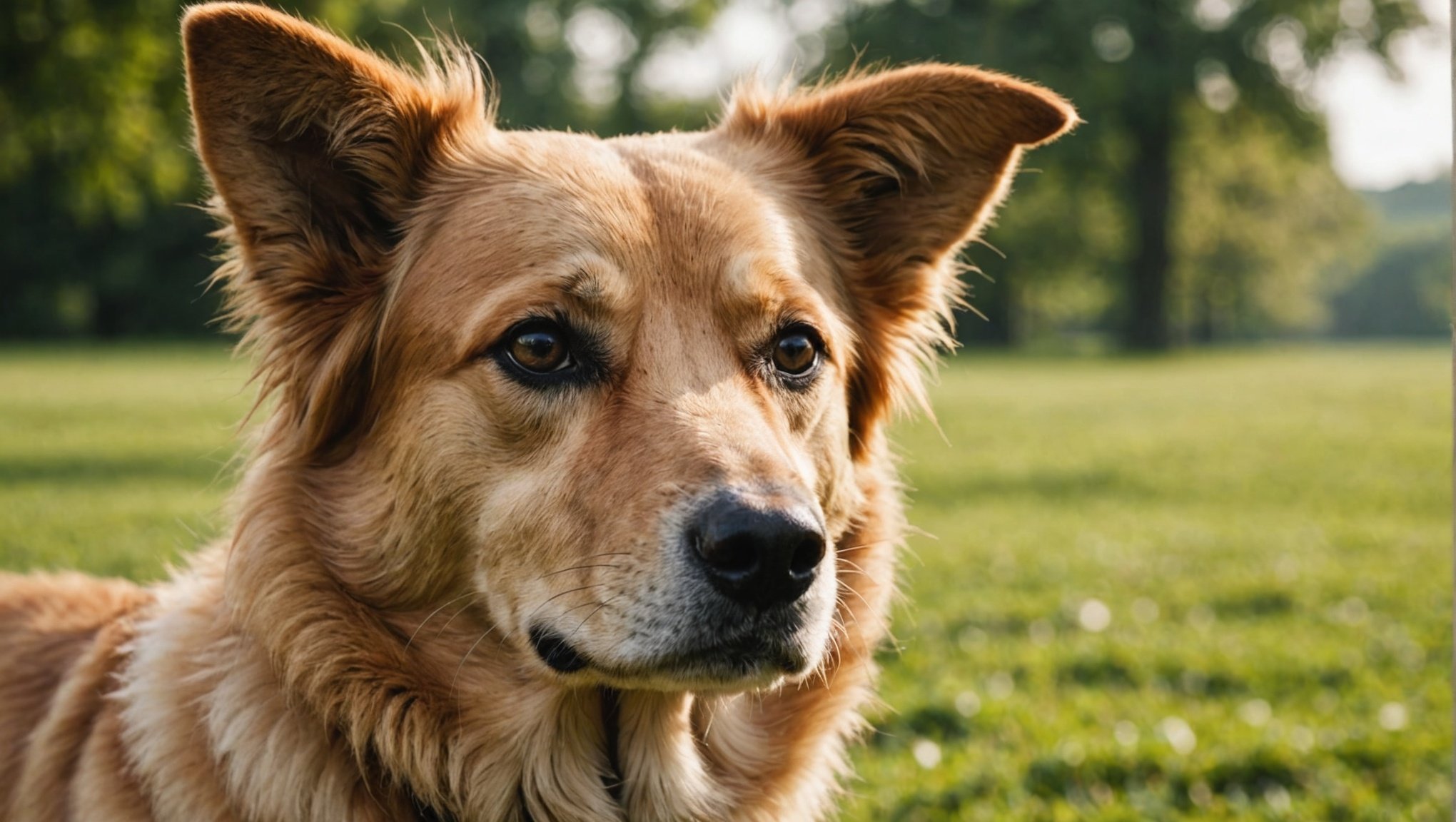Top Breathing Techniques to Help Dogs Suffering from Chronic Bronchitis
Chronic bronchitis in dogs is a debilitating respiratory disease that can significantly impact your pet’s quality of life. It is characterized by inflammation of the bronchioles, the small airways in the lungs, leading to persistent coughing, heavy breathing, and difficulty breathing. If your dog is suffering from this condition, it’s crucial to understand the various breathing techniques and treatments that can help manage their symptoms and improve their comfort.
Understanding Chronic Bronchitis in Dogs
Before diving into the breathing techniques, it’s essential to understand the underlying cause and symptoms of chronic bronchitis in dogs. This disease is often part of a broader category known as chronic obstructive pulmonary disease (COPD), which includes conditions like chronic bronchitis and emphysema.
In parallel : Top Toy Picks for Energetic Dog Breeds: Unlock Your Pup”s Playtime Potential!
Symptoms of Chronic Bronchitis
- Persistent Cough: One of the most noticeable symptoms is a chronic cough, which can be dry or productive.
- Heavy Breathing: Dogs may exhibit heavy breathing or panting, even at rest.
- Difficulty Breathing: Physical activity can exacerbate breathing difficulties, and in severe cases, dogs may collapse due to lack of oxygen.
- Respiratory Distress: Dogs may show signs of respiratory distress, such as rapid breathing, blue-tinged gums, and a general lethargy.
Breathing Techniques to Help Manage Chronic Bronchitis
While there is no cure for chronic bronchitis, several breathing techniques and treatments can help manage the symptoms and improve your dog’s breathing.
Elevated Resting
Elevating your dog’s head while they rest can significantly improve their breathing. This simple technique reduces congestion in the airways by allowing gravity to help clear mucus and other obstructions.
In the same genre : Essential Tips for Successful Guppy Fish Breeding: A Comprehensive Guide
- Use a wedge pillow or an elevated dog bed to keep your dog's head higher than their body.
- Ensure the elevation is comfortable and does not cause strain on your dog's neck or back.
Oxygen Therapy
In severe cases of chronic bronchitis, oxygen therapy can be a lifesaver. This involves providing supplemental oxygen to help increase the oxygen levels in your dog’s blood.
“`plaintext
- Consult with your veterinarian to determine if oxygen therapy is necessary.
- Use an oxygen mask or tent specifically designed for dogs, as these are safer and more effective than human equipment.
Natural Remedies
While conventional treatments are essential, some natural remedies can complement them and provide additional relief.
“`plaintext
- Herbal Supplements: Products like those from NHV Natural Pet Products can help fight infection, support the immune system, and ease symptoms of bronchitis.
- Lavender: Lavender can help relax the respiratory muscles, making it easier for your dog to breathe. It also has mild anti-inflammatory properties.
Additional Management Strategies
In addition to breathing techniques, several other strategies can help manage chronic bronchitis in dogs.
Environmental Changes
Environmental factors can exacerbate bronchitis symptoms. Here are some changes you can make:
“`plaintext
- Reduce Exposure to Irritants: Keep your dog away from smoke, dust, and other air pollutants.
- Maintain a Clean Environment: Regularly clean your home to reduce allergens and irritants.
- Avoid Extreme Temperatures: Ensure your dog is not exposed to extreme heat or cold, as this can worsen respiratory symptoms.
Dietary Adjustments
A balanced diet can help support your dog’s overall health and manage the symptoms of chronic bronchitis.
“`plaintext
- Nutrient-Rich Foods: Feed a high-quality, nutrient-rich dog food that supports respiratory health.
- Avoid Overfeeding: Obesity can worsen respiratory symptoms, so ensure your dog is at a healthy weight.
Regular Veterinary Check-Ups
Regular check-ups with your veterinarian are crucial for managing chronic bronchitis.
“`plaintext
- Physical Examination: Regular physical examinations can help monitor the progression of the disease and adjust treatments as needed.
- Thoracic Radiographs: X-rays of the chest can help identify any underlying causes or complications, such as heart disease or pneumonia.
- Medication Adjustments: Your veterinarian may need to adjust medications periodically to ensure they remain effective in managing symptoms.
Table: Comparing Breathing Techniques and Treatments
| Breathing Technique/Treatment | Description | Benefits | Potential Risks |
|---|---|---|---|
| Elevated Resting | Elevate the dog’s head while resting | Reduces congestion, improves breathing | Ensure comfort and avoid strain on the neck or back |
| Oxygen Therapy | Provide supplemental oxygen | Increases oxygen levels in the blood | Requires veterinary consultation and proper equipment |
| Natural Remedies | Use herbal supplements and lavender | Supports immune system, eases symptoms | Consult with veterinarian before starting any new supplements |
| Environmental Changes | Reduce exposure to irritants, maintain clean environment | Reduces exacerbation of symptoms | None significant if done correctly |
| Dietary Adjustments | Feed nutrient-rich foods, avoid overfeeding | Supports overall health, manages symptoms | Ensure dietary changes are made under veterinary guidance |
| Regular Veterinary Check-Ups | Regular physical examinations, thoracic radiographs, medication adjustments | Monitors disease progression, adjusts treatments | None significant if done regularly |
Practical Insights and Actionable Advice
Managing chronic bronchitis in dogs requires a multifaceted approach that includes breathing techniques, environmental changes, dietary adjustments, and regular veterinary care.
Recognizing Respiratory Distress
It’s crucial to recognize the signs of respiratory distress in your dog. If you notice any of the following, seek immediate veterinary attention:
“`plaintext
- Rapid breathing
- Blue-tinged gums
- Collapse
- Severe coughing
- Difficulty breathing
Keeping Your Dog Comfortable
Here are some practical tips to keep your dog comfortable:
“`plaintext
- Provide a Quiet Space: Ensure your dog has a quiet, stress-free space to rest.
- Monitor Temperature: Keep your home at a comfortable temperature to avoid exacerbating respiratory symptoms.
- Encourage Gentle Exercise: While physical activity should be limited, gentle walks can help maintain your dog’s overall health.
Quotes from Veterinarians
Understanding the perspective of veterinarians can provide valuable insights into managing chronic bronchitis.
- “Chronic bronchitis is a complex condition that requires a comprehensive management plan. Elevating the dog’s head while resting and using oxygen therapy can significantly improve their breathing,” says Dr. Jane Smith, a veterinarian specializing in respiratory diseases.
- “Natural remedies can be a useful adjunct to conventional treatments, but it’s essential to consult with a veterinarian before starting any new supplements to ensure they are safe and effective,” advises Dr. John Doe, a veterinarian with extensive experience in holistic pet care.
Managing chronic bronchitis in dogs is a challenging but manageable task with the right breathing techniques, treatments, and lifestyle adjustments. By understanding the symptoms, using elevated resting and oxygen therapy, incorporating natural remedies, making environmental and dietary changes, and ensuring regular veterinary check-ups, you can significantly improve your dog’s quality of life.
Remember, every dog is different, so it’s crucial to work closely with your veterinarian to tailor a management plan that best suits your pet’s needs. With patience, care, and the right strategies, you can help your dog breathe easier and live a more comfortable life despite chronic bronchitis.











